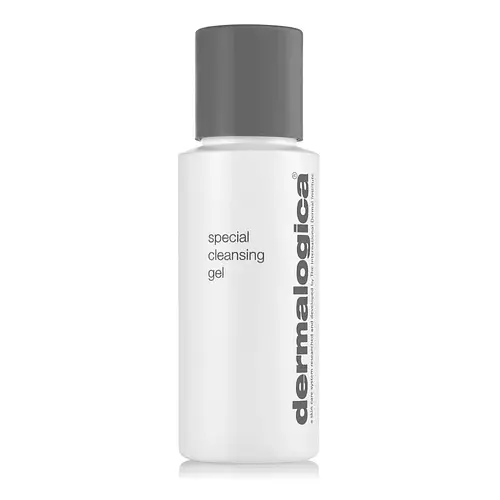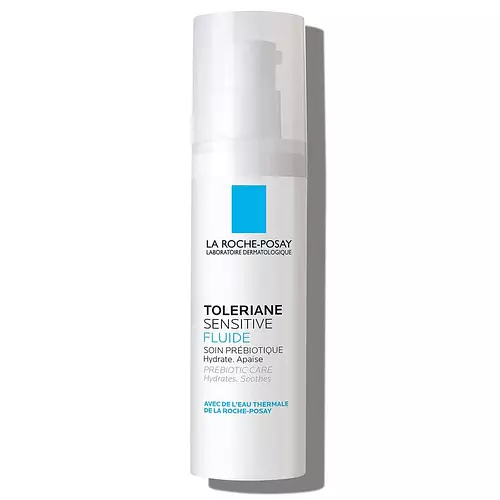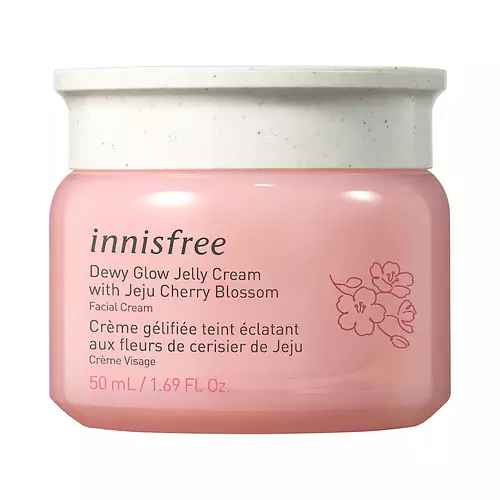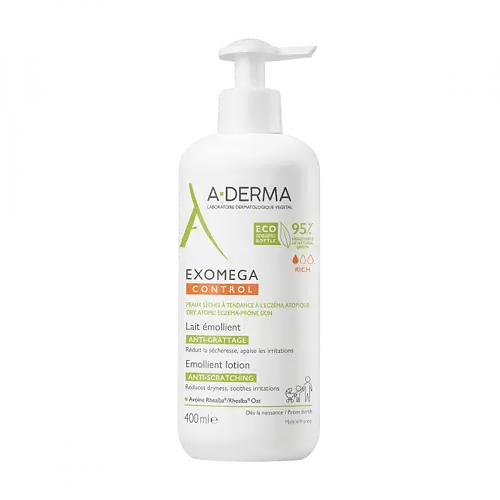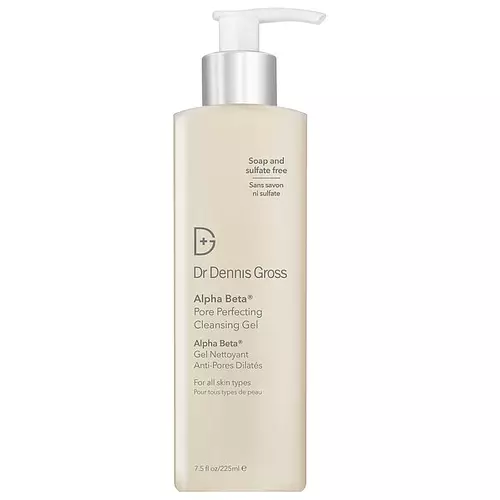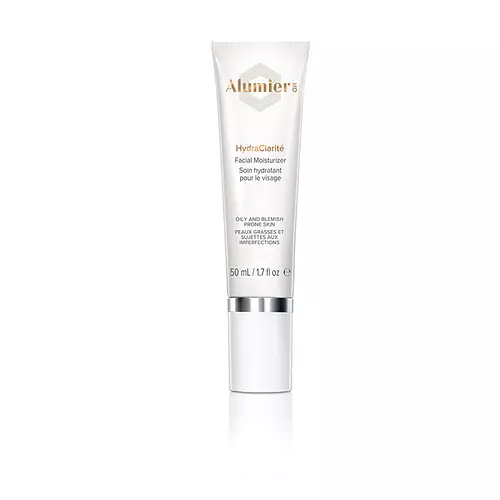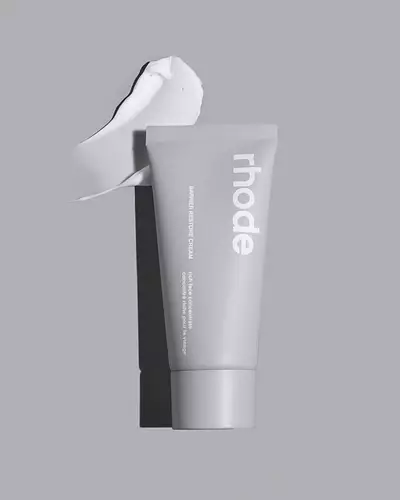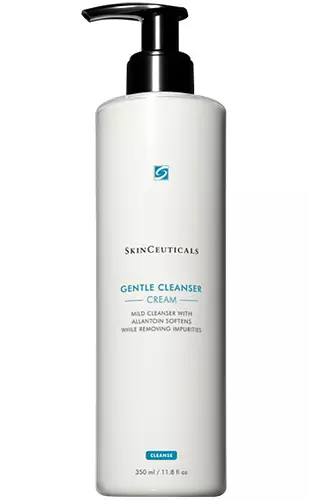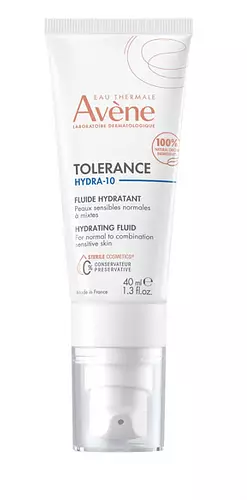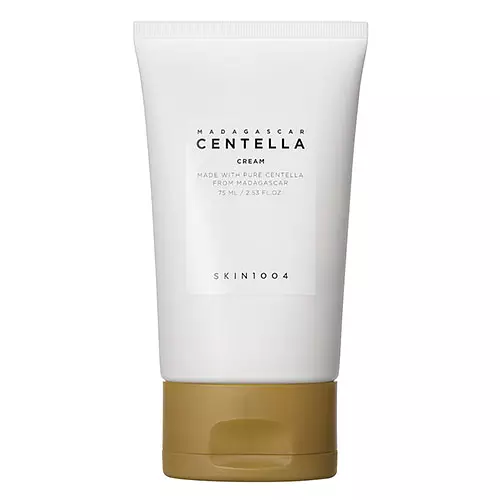Dermalogica Special Cleansing Gel Versus La Roche-Posay Toleriane Sensitive Fluide
Updated on April 21, 2024
Overview
What they are
These products are both fungal acne (malassezia) safe and reef safe . They have a total of 5 ingredients in common
Suited For
They're both likely to be good for dry skin and brightening skin
Free From
They both do not contain any harsh alcohols, parabens, silicones or sulfates
We independently verify ingredients, and our claims are backed by peer-reviewed research. Spot a product that needs an update? Let us know.
Ingredient Info
Dermalogica Special Cleansing Gel 25 ingredients
La Roche-Posay Toleriane Sensitive Fluide 10 ingredients
At a glance
Click on any of the items below to learn more
Dermalogica Special Cleansing Gel 25 ingredients
La Roche-Posay Toleriane Sensitive Fluide 10 ingredients
Benefits
This product contains 1 ingredient that may have this attribute:
This product contains 1 ingredient that may have this attribute:
Concerns
This product contains 1 ingredient that may have this attribute:
This product contains 1 ingredient that may have this attribute:
Notable Ingredients
This product contains 1 ingredient that may have this attribute:
Benefits
This product contains 1 ingredient that may have this attribute:
This product contains 1 ingredient that may have this attribute:
This product contains 1 ingredient that may have this attribute:
This product contains 1 ingredient that may have this attribute:
This product contains 1 ingredient that may have this attribute:
This product contains 1 ingredient that may have this attribute:
This product contains 2 ingredients that may have this attribute:
Ingredients Side-by-side
Ingredients Explained
These ingredients are found in both products.
Ingredients higher up in an ingredient list are typically present in a larger amount.
Water. It's the most common cosmetic ingredient of all. You'll usually see it at the top of ingredient lists, meaning that it makes up the largest part of the product.
So why is it so popular? Water most often acts as a solvent - this means that it helps dissolve other ingredients into the formulation.
You'll also recognize water as that liquid we all need to stay alive. If you see this, drink a glass of water. Stay hydrated!
Learn more about WaterGlycerin is already naturally found in your skin. It helps moisturize and protect your skin.
A study from 2016 found glycerin to be more effective as a humectant than AHAs and hyaluronic acid.
As a humectant, it helps the skin stay hydrated by pulling moisture to your skin. The low molecular weight of glycerin allows it to pull moisture into the deeper layers of your skin.
Hydrated skin improves your skin barrier; Your skin barrier helps protect against irritants and bacteria.
Glycerin has also been found to have antimicrobial and antiviral properties. Due to these properties, glycerin is often used in wound and burn treatments.
In cosmetics, glycerin is usually derived from plants such as soybean or palm. However, it can also be sourced from animals, such as tallow or animal fat.
This ingredient is organic, colorless, odorless, and non-toxic.
Glycerin is the name for this ingredient in American English. British English uses Glycerol/Glycerine.
Learn more about GlycerinCaprylyl Glycol is a humectant and emollient, meaning it attracts and preserves moisture.
It is a common ingredient in many products, especially those designed to hydrate skin. The primary benefits are retaining moisture, skin softening, and promoting a healthy skin barrier.
Though Caprylyl Glycol is an alcohol derived from fatty acids, it is not the kind that can dry out skin.
This ingredient is also used as a preservative to extend the life of products. It has slight antimicrobial properties.
Learn more about Caprylyl GlycolPropanediol helps absorb ingredients into your skin, boosting their benefits. It can act as an emollient, making your skin softer. Propanediol can help products last longer by boosting the properties of preservatives within the formulation.
Propanediol is not likely to cause sensitivity and considered safe to use.
It is derived from corn or petroleum with a clear color and no scent.
Learn more about PropanediolCitric Acid is an AHA derived from citrus fruits (think oranges, lemons, and limes!).
As an AHA, Citric Acid removes the top layer of skin cells from the newer layer of skin underneath. This helps skin to remove dark spots and even out skin tone.
If you spot Citric Acid near the end of an ingredient list, it's likely there as a pH adjuster rather than an active ingredient.
Read more about some other popular AHA's here:
Learn more about Citric AcidIngredient Ratings
Here's what our community thinks of the ingredients in these products.
When to use
Dermalogica Special Cleansing Gel 25 ingredients
La Roche-Posay Toleriane Sensitive Fluide 10 ingredients


Reviews
Here's what our community thinks
Dermalogica Special Cleansing Gel 25 ingredients
La Roche-Posay Toleriane Sensitive Fluide 10 ingredients
BasilLemonade
Keeper
Usage: 2 months (AM + PM)
Skin type | Mixed to oily skin. Skin tone is very light. The main concerns are clogged pores, and inflamed white...
Keeper
Usage: 2 months (AM + PM)
Skin type | Mixed to oily skin. Skin tone is very light. The main concerns are clogged pores, and inflamed white spots.
This cream integrated my morning and night routine for the past 2 months, producing visible changes. The application is a very pleasant experience as the texture is very light and fluid and absorbs quickly, not leaving any residue. The skin feels and looks more hydrated and healthy. Inflamed spots/white spots seemed to appear less frequently while using this moisturizer. It seems to have a light fragrance although this is a fragrance-free product. One pump seems to be enough for the face but two pumps are required to cover face+neck area.
Conclusions: It's a keeper! :)
Note: This was my experience applying the product during autumn/winter time, in a place where temperatures ranged from 20ºC to -2ºC degrees and humidity were variable from periods of low to very high humidity.
BubbIes
This was SO close to working for me. I suspect either the triglycerides were too comedogenic for me or that I have a niacinamide sensitivity. My...
This was SO close to working for me. I suspect either the triglycerides were too comedogenic for me or that I have a niacinamide sensitivity. My skin’s reaction to this was far better than most other products though, and that’s saying something. That said, the experience and consistency of this was nice. It wasn’t QUITE hydrating enough and over time my skin started to get irritated and broken out. Take that with the biggest grain of salt as my level of sensitivity is uncommon. I’d recommend this to most anyone else. Just watch out if your skin is sensitive AF like mine. I have higher hopes for the Sebamed clear gel.
